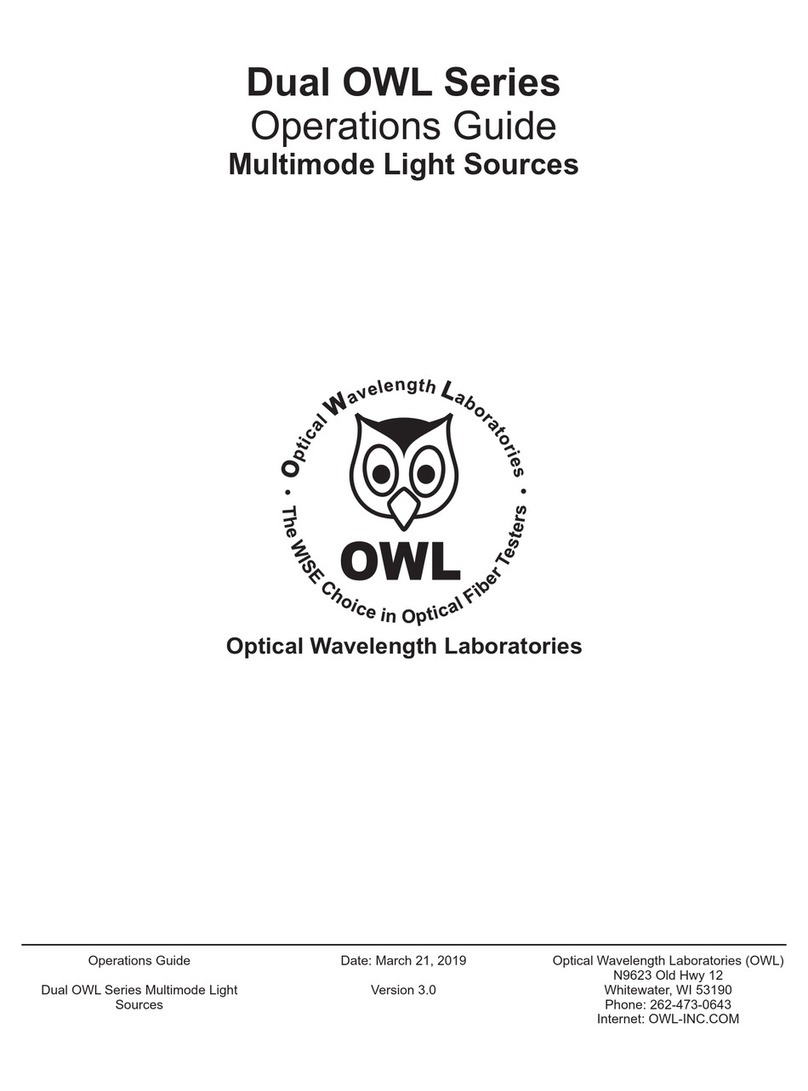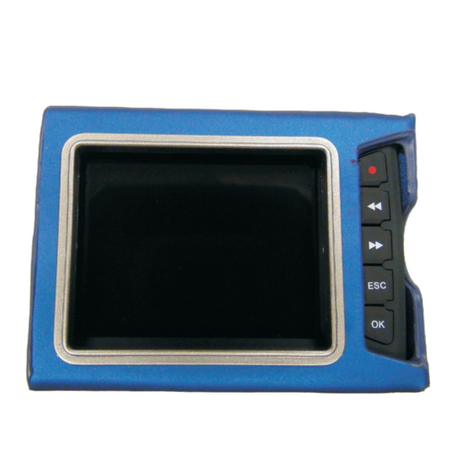2
UNPACK & CHECK YOUR ORDER
Before starting, unpack the unit and inventory your order. If any parts
are missing, refer to the warranty section on the back cover of this
manual and contact Owl immediately at 800-242-5560.
Reference the order or catalog number on your invoice and check the
corresponding parts list.
INTRODUCTION
The Otter Sequencing Gel Caster provides the user with a simple and
easy-to-use method for casting sequencing gels. Relying on a horizontal
sliding plate procedure, capillary action draws the gel between plates.
Surface tension, not tape, keeps the gel from leaking. No taping or
special assembly is required. The sliding casting method has been
shown to require significantly less time to cast and the clean process
decreases exposure to acrylamide and reduces clean up time. Gels can
be cast in less than one minute. Any standard size sequencing gel can
be cast using either the SGC-1 or SGC-2.
SGC-1
Gel Size: 20-42cmW x 48cmL
Footprint: 21.6cmW x 71cmD (fully closed) x 12.2cmH
SGC-2
Gel Size: 20-42cmW x 65.5cmL
Footprint: 21.2cmW x 102cmD (fully closed) x 12.2cmH
G
eneral Information
SECTION 1






























